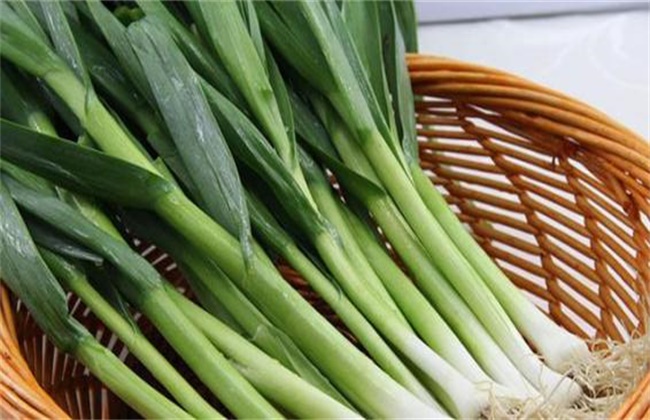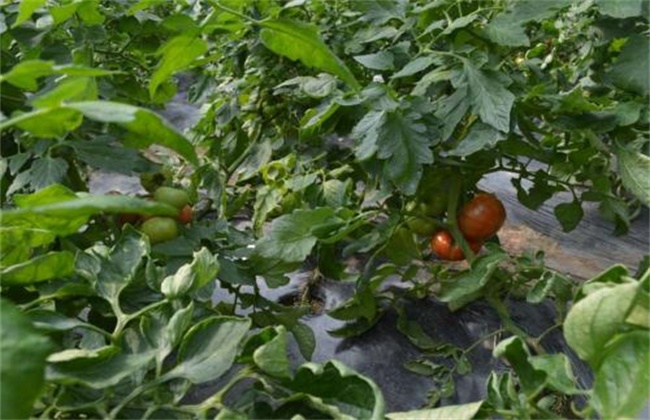Planting techniques of open field cabbage in autumn
Cabbage is very common in China, and it is also a vegetable with great market demand in our country. And it is not only a kind of vegetable, but also can be used as feed, the planting area in our country is very wide. The planting time of cabbage varies, and it can be planted in the four seasons. So with the gradual drop in temperature and entering the autumn, how to grow cabbage in the open field? The following editor brings you the autumn open-field cabbage planting technology, let's have a look!
1. Sowing and raising seedlings
Before sowing, we should first choose a cool, fertile soil and normal drainage and irrigation plot, the previous crop should not be non-cruciferous, ploughing and drying the land after removing the straw and weeds of the previous crop, and then apply sufficient farm manure. Watering before sowing, keep the soil moist, and then cover the seeds with a layer of fine soil, and the sowing amount per mu is controlled at about 50g. After sowing, we should pay attention to build a sunshade net to avoid excessive temperature leading to water evaporation too fast. After the seedlings are unearthed, the shading net can be removed and a shade canopy can be built.
2. Rational distribution of seedlings
When the seedlings grow out about two true leaves, it is necessary to do a good job of dividing the seedlings, and the seedlings should be graded and transplanted in large, medium and small order. Before seedling division, sufficient mature farm manure should be applied in the seedling field, and the row spacing of the transplanted plants should be controlled at about 10*10cm for pseudo-planting. The seedlings should be properly watered, shaded properly and watered well after planting. If it is a nutrition bowl or nutrition block to divide the seedlings, then the sunshade material should be uncovered in time after the seedlings survive. Reasonable seedling division can improve the growth ability of seedlings, which is very beneficial to the late heading and stress resistance.
3. Water and fertilizer management
If the weather is dry and rainless after sowing, it should be watered about every two days. The watering method is generally based on border and furrow irrigation, so that the water can better infiltrate into the border and make the seedlings darker than seedling emergence. For newly unearthed seedlings, they should be properly watered every morning on a sunny day. And then appropriate water according to the actual situation of soil, weather and other factors. After the rain, drainage should be done to prevent the seedlings from overgrowing. In the seedling stage, it is necessary to apply fertilizer twice, and the type of fertilizer is mainly rotten farm manure.
4. Field management
During the whole growing period of cabbage, the times of topdressing should be kept at about 4 times. It is generally carried out in the early and late stages of slow seedling, rosette and heading. Among them, attention should be paid to the topdressing work at the initial stage of heading, and the concentration and dosage of topdressing should be appropriately increased with the growth of the plant. And we should also control the concentration of fertilizer according to the changes of the weather, and give priority to light fertilizer when the weather is dry. Then the cabbage should be ploughed about twice from the early growth stage to the later growth stage, which can improve the soil moisture conservation ability and promote the root growth.
The above is a brief introduction to the techniques of planting cabbage in autumn. That's all for today's introduction. This article is for reference only. I hope it can help you all.
Related
- Where is it suitable to grow horseradish in China? it is expected to see the middle altitude horseradish in Alishan.
- How to prevent tomato virus disease reasonably? (Control methods included)
- Many people like to plant towel gourd on the balcony. What are the main points of this method and management?
- What crops can chili peppers be mixed with?
- Fertilization techniques and matters needing attention in Tomato
- What are the grafting techniques for peach seedlings in spring?
- Harm and control methods of root swelling disease of Chinese cabbage
- What are the pests of sweet potatoes? How to prevent and cure it?
- Symptoms, causes and Control methods of navel Rot in Tomato
- The cause of "Cucumber rotten bibcock" in Farmers' planting Cucumber and its Control Plan



